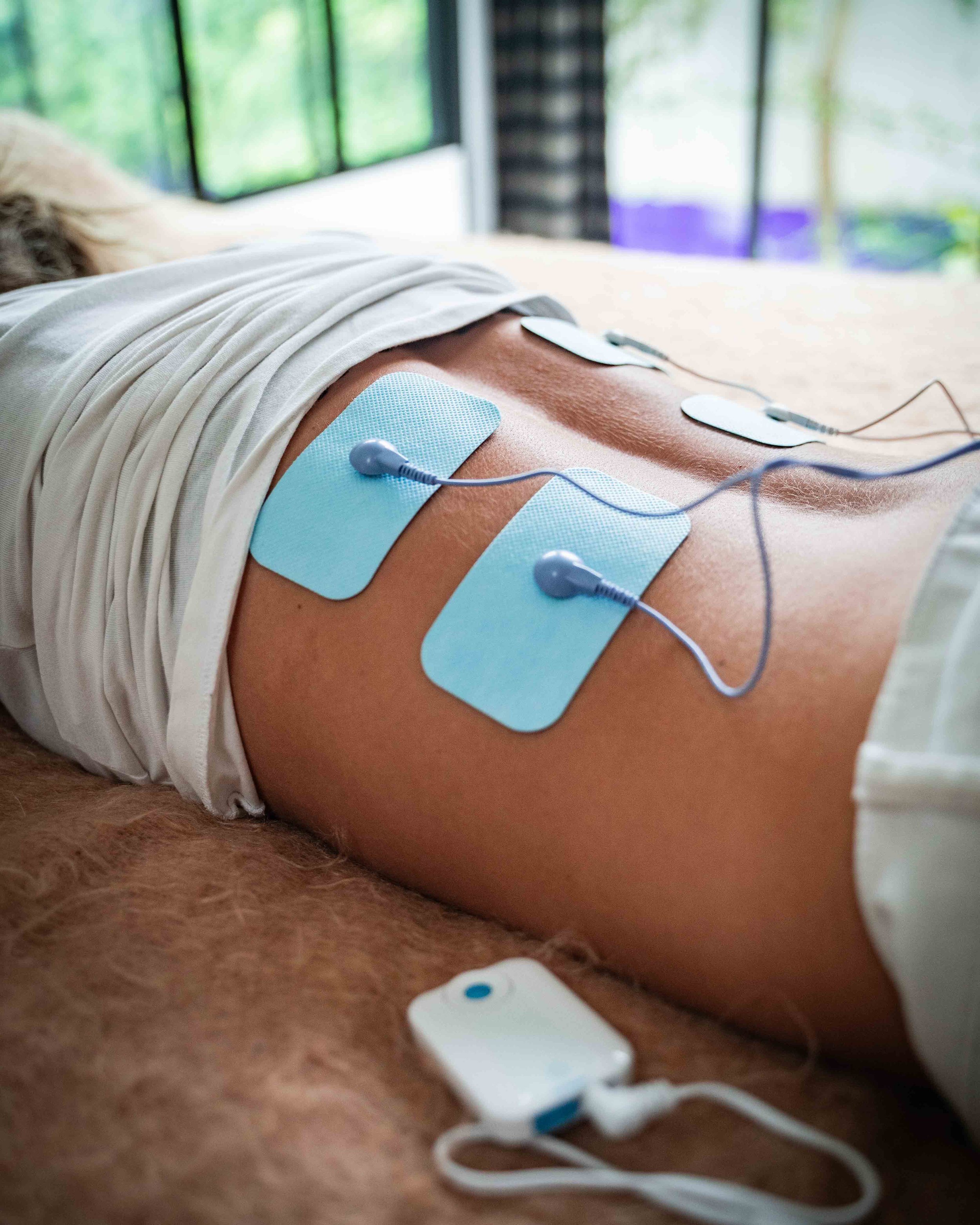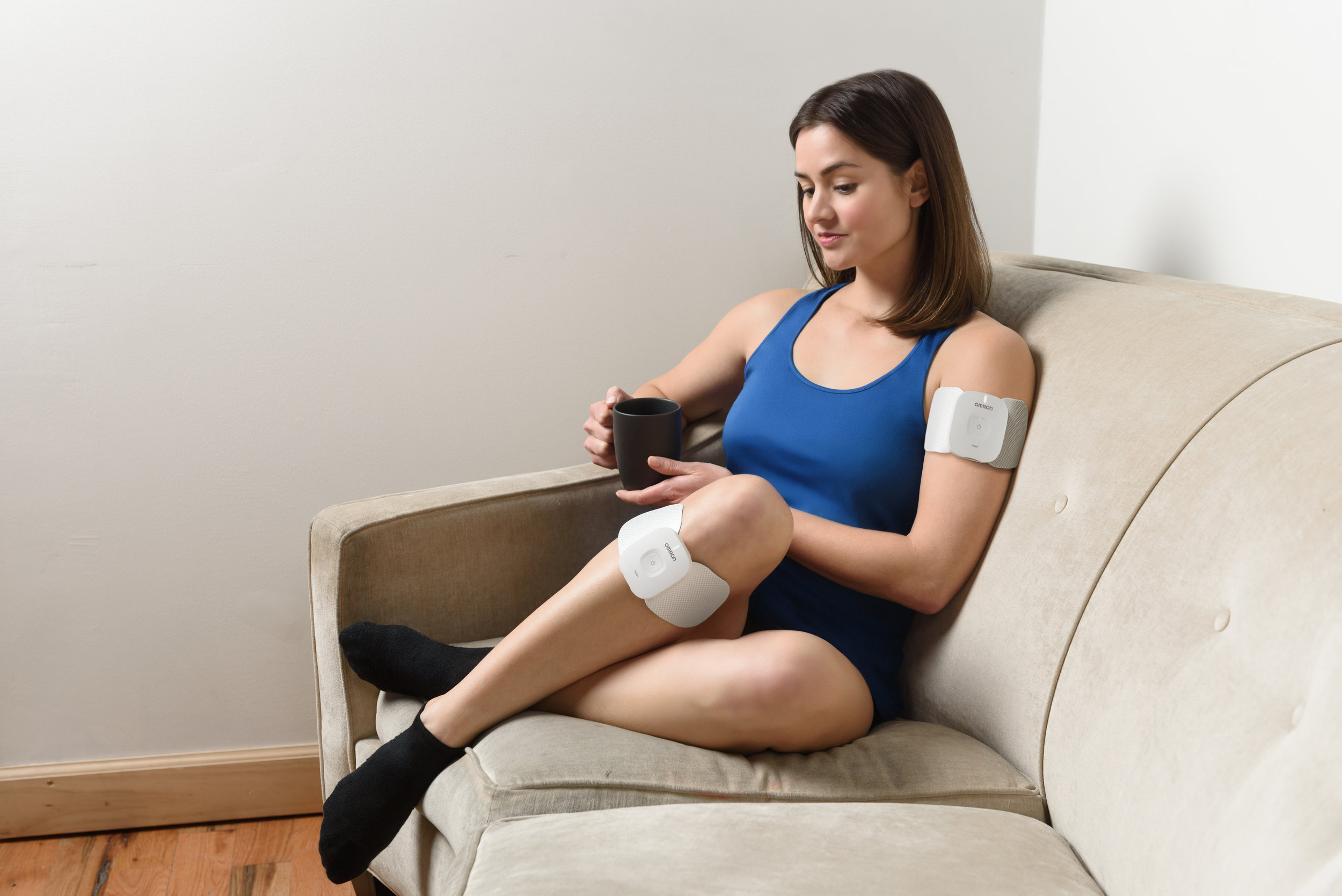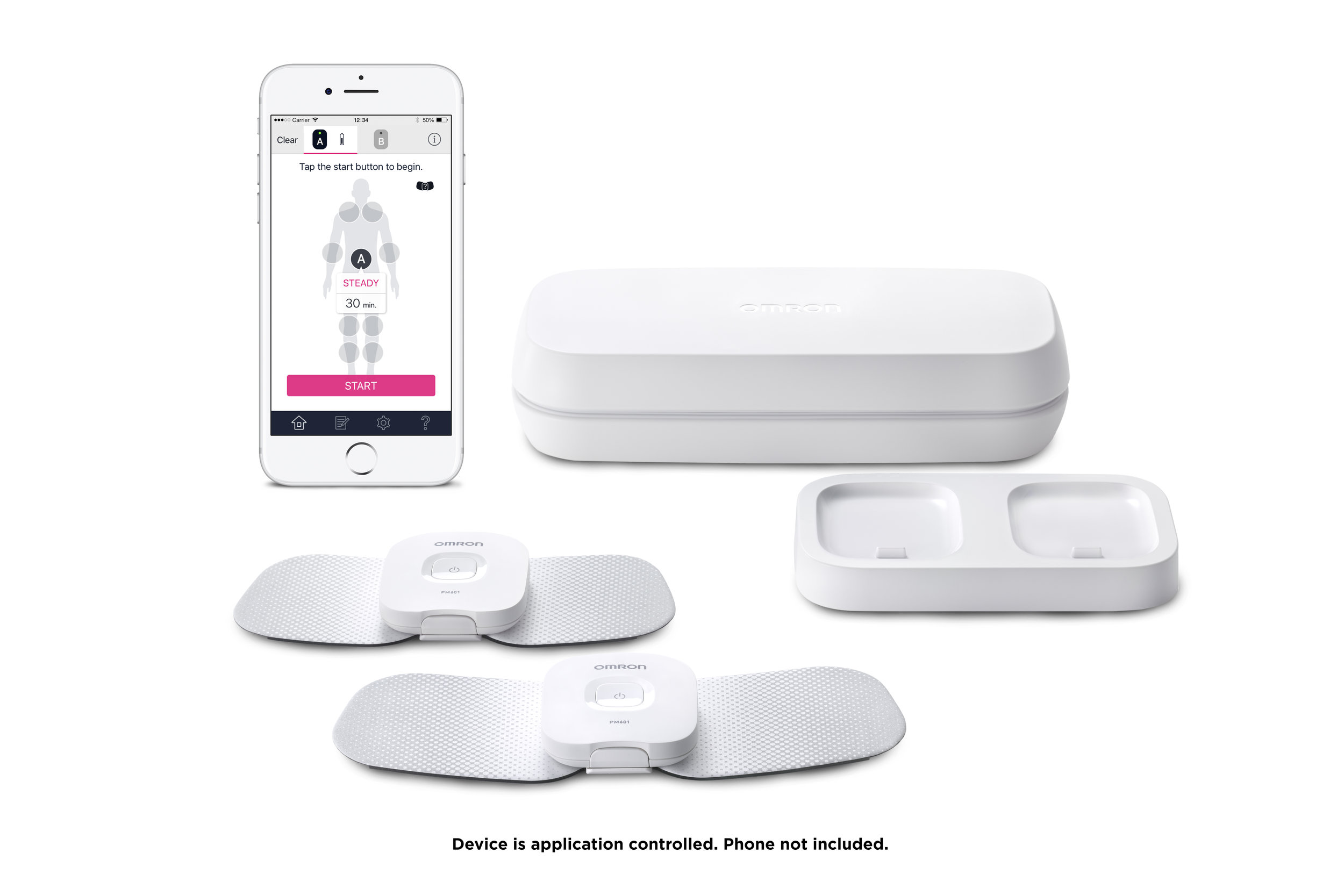FDA Clears New Prescription-Only TENS Device
/By Pat Anson
Transcutaneous electrical nerve stimulation – more commonly known as TENS – uses mild electric currents to temporarily relieve pain in sore muscles and tissues. Some TENS units are elaborate wearable devices that cost hundreds of dollars, while others are simple gadgets that can be purchased online or over-the-counter for about $30.
Due to lingering questions about their effectiveness, many health insurers don’t cover TENS devices, while others make patients jump through hoops to get reimbursed for them.
Medical device maker Zynex Medical is hoping to bridge the gap in insurance coverage with a new TENS device called TensWave, which is only available by prescription. The company says the FDA has “cleared” TensWave for marketing, allowing sales to begin immediately.
"The introduction of TensWave aligns perfectly with our commitment to providing comprehensive pain management solutions," Thomas Sandgaard, CEO of Zynex, said in a press release.
"We recognized a gap in the market for a high-quality TENS device that meets the specific criteria for insurance reimbursement, and TensWave is our answer to that demand. It complements our flagship multi-modality device, the NexWave, where Interferential current is the main modality and driver of obtaining prescriptions. This device broadens our product portfolio and enhances our support to patients."
ZYNEX IMAGE
Unlike NexWave, which has three different electrical stimulation modalities, TensWave only uses TENS technology, which Zynex believes will make it easier to get insurance coverage. The company currently has no estimate of TensWave’s cost if a patient has to buy it out-of-pocket.
In its press release, Zynex said TensWave “has been clinically proven to reduce chronic and acute pain,” which is a bit of an exaggeration, because the device did not go through the FDA’s lengthy review and approval process. However, because TensWave has “substantial equivalence” to other TENS units already on the market, it was cleared for sale without ever undergoing a clinical trial to prove its safety and efficacy. This is a common practice allowed by the FDA when new medical devices are introduced.
The World Health Organization takes a dim view of TENS, saying the evidence of its effectiveness in relieving chronic lower back pain is “very low” due to a limited number of clinical trials. In some trials, TENS worked no better than a placebo.
The UK’s National Health Service (NHS) has a similar view of TENS, saying there is not enough good-quality evidence to recommend its use as a reliable method of pain relief.
“Healthcare professionals have reported that it seems to help some people, although how well it works depends on the individual and the condition being treated,” the NHS states. “TENS is not a cure for pain and often only provides short-term relief while the TENS machine is being used.”















